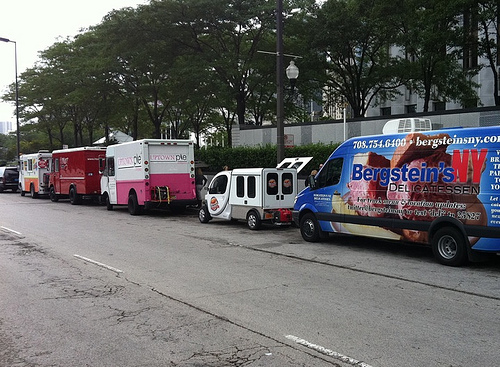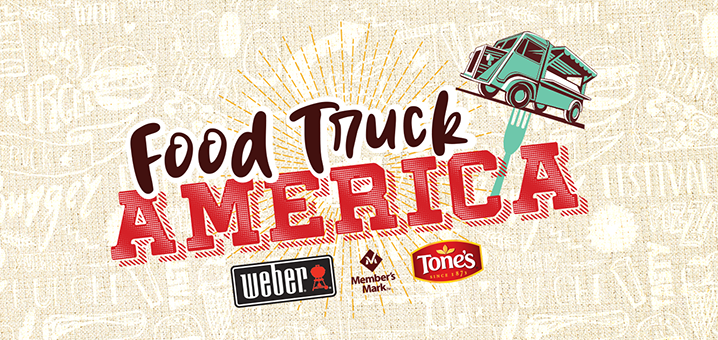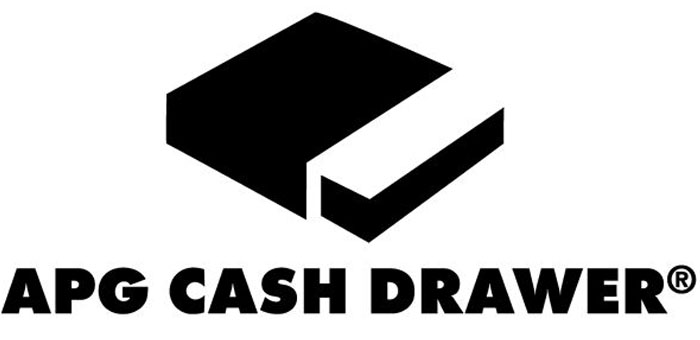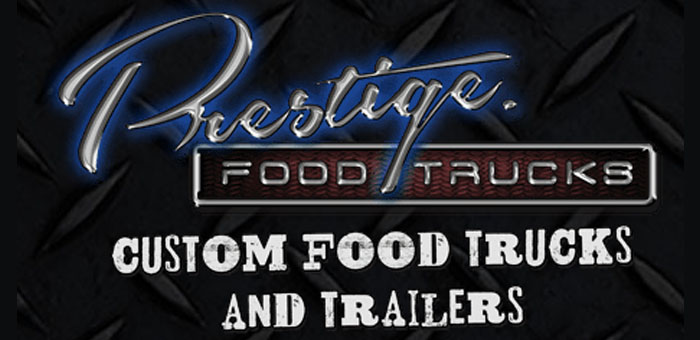CHICAGO, IL – Although they are beloved by foodies, mobile food trucks are generally not the most environmentally-friendly business model in the world. Most food trucks are big vehicles that use plenty of gas just getting from place to place. They usually have noisy, smelly generators on them to keep the food hot. And a lot of the time the staffers have to run the truck and the generator while they’re selling the food, just to keep their power going. And if they’re cooking on trucks (currently illegal in Chicago but likely to become legal soon) it requires even more power. So conventional trucks are probably less “green” than a brick-and-mortar restaurant.
When Bridgeport Pasty owners Carrie Clark and her husband Jay Sebastian wanted to do things differently when they decided to roll out a vehicle to sell pasties (“pass-tees,” not to be confused with the “pace-tees” worn by burlesque performers), large, savory pies that are the national dish of Michigan’s Upper Peninsula. On a recent bike tour in the U.P. I developed quite a taste for these hearty pastries, consuming three of these nearly football-sized pies in one 24-hour period.
Clark and Sebastian initially wanted to sell their homemade pasties from a cargo bicycle. After City Hall shot down that idea they opted for Patsy the Pastymobile, a GEM (Global Electric Motorcar) vehicle. This tiny, all-electric truck with a top speed of 26 MPH and a range of 30 miles on a full charge. The truck runs on nine 8-volt gel batteries that recharge via a 72-volt DC charger which plugs into a wall outlet. Sebastian calculates that Patsy costs 1.5 cents per mile in electricity to operate, whereas an SUV or small truck that gets 14 MPG costs 29 cents per mile in gasoline. A large food truck probably gets even worse mileage.
Many Grid Chicago readers may know Sebastian as the drummer from Twang Bang, a folk/garage/psychobilly duo that used to perform on Critical Mass aboard a human-powered quad cycle. I caught up with him via phone to discuss the history of the pasty, the story of how he and Clark launched the business, and the environmental benefits of the GEM.
In a nutshell, or rather a pastry shell, what’s the history of the pasty?
The pasty comes from Cornwall, England. It was originally the fast food of the tin miners. Their wives would bake them and put them in their husbands’ lunch pails. The miners would take the pasties down into the mines and they were good in that they would stay hot for hours at a time. Another advantage was they could eat them with their fingers by holding them by the crust. And their fingers were covered with arsenic so they would throw the crust out afterwards. Supposedly the discarded crusts would appease the spirits of the dead miners, known as tommyknockers. They were already dead so the arsenic didn’t hurt them. And then the pasty migrated with the miners to the U.P.
How did you guys get the idea to start a business selling pasties?
We were riding our bikes around London a couple of years ago at Christmastime and we saw pasty stands, and little kiosks in the train stations. Their stations just put Chicago to shame. There are little flower shops, gift shops, food stands and decent little grocery stores. I’m not sure what the rules are about eating on the train. Here that might be the Chicago Transit Authority’s (CTA) complaint would be that people would be eating them on the ‘L’, but there might be ways to get around that. Because in CTA stations you see empty spaces where there must have been businesses before – it seems like a missed opportunity.
Find the entire article from Chicago Grid <here>




